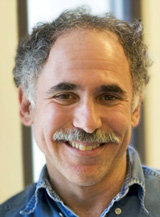|
Challenging Nature
Previous books
Presentations
Publications/Writings
Biography
Princeton teaching
|
 |
Hover over or click on books to order from Amazon.com
|


